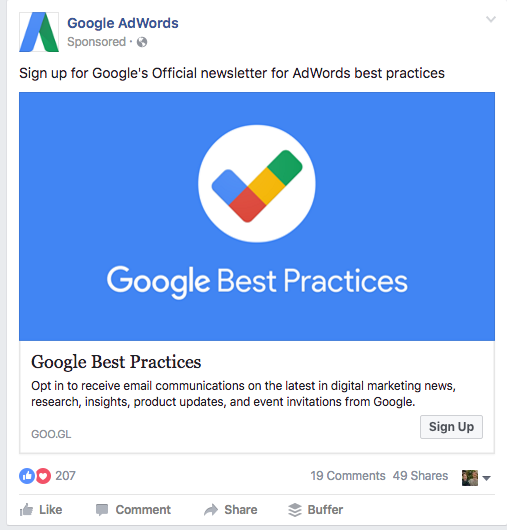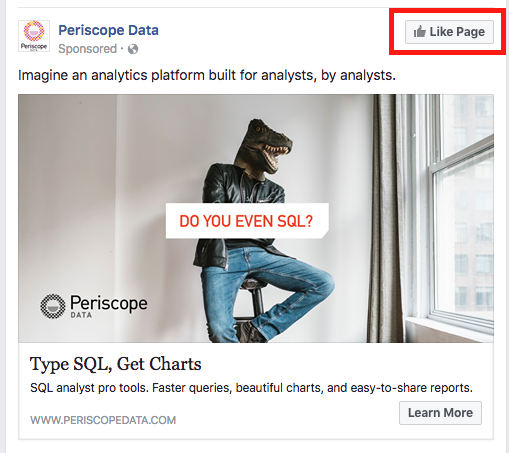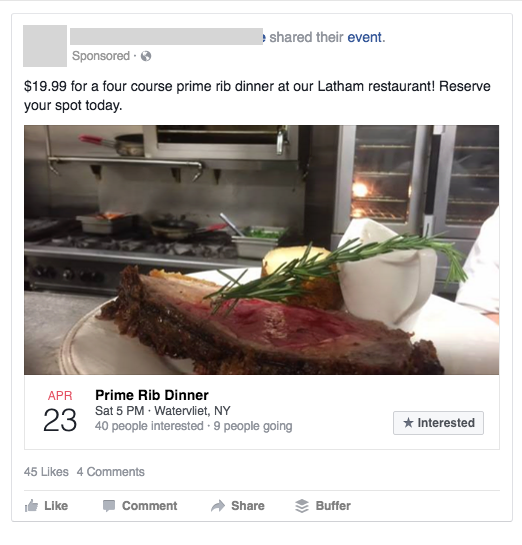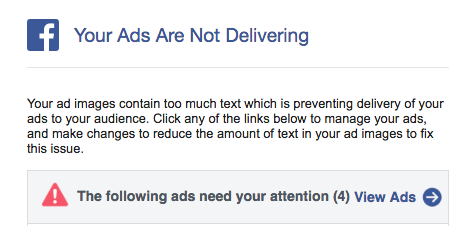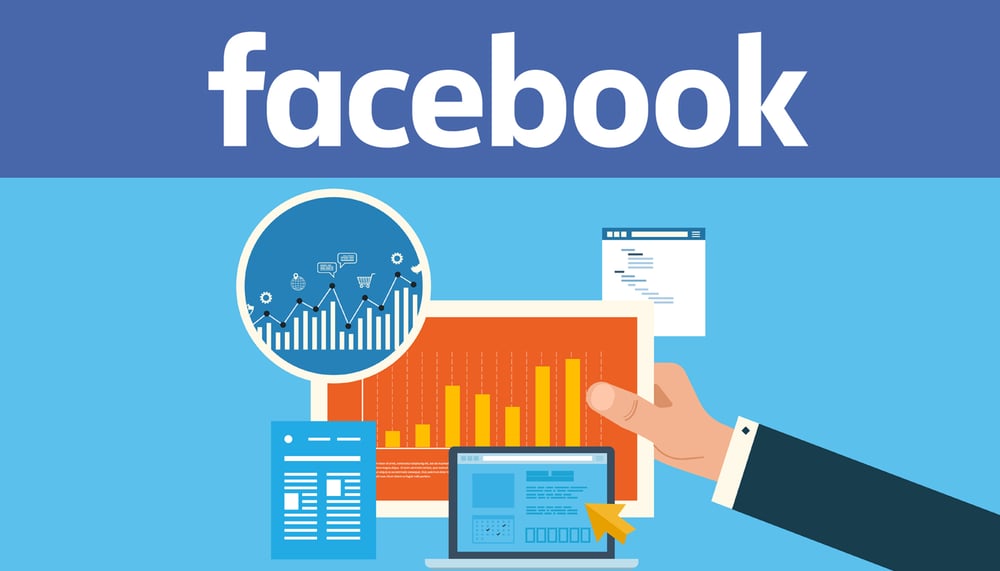
Expanding Reach with Sponsored Posts
Facebook’s sponsored post ad format tends to be the most common type of ad you see while browsing the News Feed. For the most part, it looks like a standard post you’d see from a brand page, including an image, post copy and a website link with a brief description. Only the “Sponsored” designation at the top of the post indicates that this is a paid placement.
You likely lay out a social posting strategy for a month, including a schedule for, perhaps, 1-3 posts per day. You probably don’t want to spend ad money on every post; if you’re simply sharing a relevant link from a site unrelated to your brand, your money would be better spent driving traffic to your own site.
As part of your planning process, select posts for promotion that are strongly goal oriented for your marketing strategy. In other words, put budget toward posts that most directly benefit you. This could mean links to your blog, which help to generate brand awareness, promotions of sales offers, which can generate revenue, or even posting a newsletter sign up or ebook download that comes with an email acquisition feature, which can be worth an ad investment because it supports other digital campaigns.
Many people make the mistake of viewing Facebook Advertising as simply “paying for more views.” But it’s so much more than that. Yes, there’s an element that involves the ability to cast a wider net. But there’s also the opportunity to cast a better net.
Ultimately, you should use advertising as an opportunity to reach a set demographic that is not ordinarily seeing your posts. As a key to success, don’t simply hit the “Boost Post” button. Use the Facebook Ads Manager to define a deliberate, tightly-targeted audience.
For instance, let’s take a charter school wants to promote its kindergarten program. Instead of promoting posts to everyone in the local area, wasting ad impressions on 40-year-old men with no kids, we can define a more specific group of people for the sponsored post. Here, we’ve added three types of targeting to reach those most likely to be parents of potential kindergarteners:
- Geography: Albany, New York
- Age: 24-45
- Demographics: Parents with preschoolers, Moms of preschool kids
By spending budget promoting a benefit focused, action oriented post to a highly targeted audience we can get the most from paying for an ad. The advantage is strongest when you pair putting the right message in front of the right people with an attempt to illicit a distinct action. In this case it’s enticing the user to visit a page on a kindergarten program, but this principle applies with specific goals across the board.
Building Likes
While building arbitrary likes should never be the goal of a campaign, a minimal ad spend can help to attract likes from a highly targeted audience. Sponsored posts will contain an option for people who don’t already like a page to like it directly from an ad, as in the example below.
In addition, you can also set up an ad format specifically dedicated to promoting likes. The key, as with any other type of advertising, is to make sure you’re targeting a fine-tuned audience that fits your ideal demographic. As you build your likes, you’re then building the pool of people who can be exposed to your organic posts. Even though organic content only reaches a small percentage of your existing likes, a larger volume of likes will result in a larger pool of people to see those posts.
In addition to building an audience, paid advertising also works well with organic social posting to help drive event attendance.
Driving Event Attendance
For local businesses, Facebook offers incredible opportunities to promote events, from grand openings to school open houses. By creating an event page, businesses can encourage people to R.S.V.P. directly through Facebook, with their attendance showing up to friends.
While event pages offer plenty of organic promotion to friends of attendees as attendance starts building, paid promotion can help to expand reach even more. You can promote an event to a targeted group of individuals, even targeting a subset of friends of attendees in a local area.
When people see an ad, they’ll also see how many others have responded to the event as “interested” or “going.” As more people respond, their friends are eligible to see the event both through both paid and organic targeting. You can plan your organic posts leading up to the event to coincide with your paid strategy, structuring both to drive people toward the event page.
Image Caveats
Anyone who’s spent any time creating ads on Facebook has likely run up against the rules regarding text in images. Until recently, Facebook disapproved any ads with images containing more than 20% text. Often, this rule seemed arbitrary enforced, with some images squeaking through approval with more text and some images, which appeared fine, getting disapproved for something like text in a logo.
In June, Facebook confirmed rumors that the 20% rule was being dropped. However, even though images containing excessive text will now be approved, Facebook still limits their reach. Also, any image with too much text will still earn a warning notification from Ads Manager. For instance, see this email that was received in response to one text heavy ad after the 20% rule update.
Now, if you’ve spent a fair amount of time on Facebook advertising, you may be conscientious of the 20% rule when setting up ad-specific posts. However, when picking organic posts to promote, you may not so readily think about this issue. Facebook still enforces the same regulations over an organic post that you decide to promote, because the action of "boosting" makes the post an ad. If you’ve already put up a post that you now want to promote, your best option is likely to re-create the post, as an ad-only post, using a new image.
Conclusion
Even as other social networks have become more popular, Facebook has retained the attention of a majority of the population. To leverage that power, businesses should have a clear social marketing strategy for Facebook. That plan should include organic posts and a budget for paid promotion to help maximize results and target specific audiences.
Take a closer look today at your organic social posting efforts and consider how you can best integrate Facebook Advertising. Think about your most important messaging, determine your actionable goals, and use paid ads to give those important aspects of your brand the widest possible social reach. Organic Facebook efforts and paid Facebook efforts both benefit when they are part of a conscientiously integrated plan.
